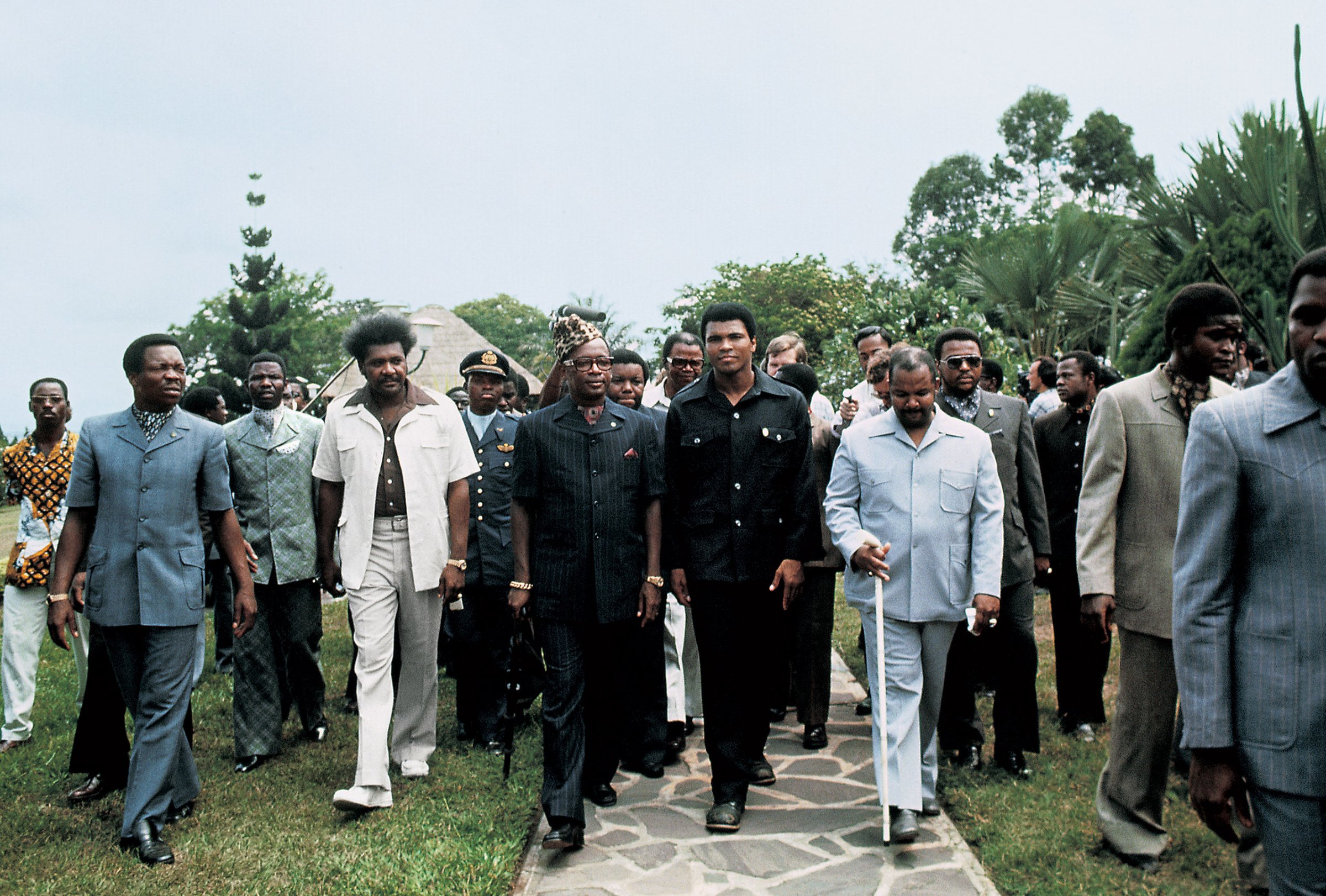
It was advertised as “The Rumble in the Jungle.” The 25-year old powerhouse vs. the aging 32-year old. The late Muhammed Ali and George Foreman were preparing to duke it out on the ring in Kinshasa, Zaire, now known as the Democratic Republic of Congo to an audience of 60,000 on October 30, 1974 for the heavyweight championship title.
President Mobutu Sese Seko, who wanted Zaire to be in the spotlight, had secured a $10 million purse to host the event and split the cash evenly amongst the two. Everything was at stake for these egos. It was Ali’s chance to show the world his fighting spirit never wavered and Foreman’s chance to further cement his invincibility and remain undefeated by taking down the greatest. To celebrate Norman Mailer’s birthday today, we look back at the legendary matchup through his 1975 book The Fight. Newly released as a Collector’s Edition from Taschen, The Fight features images by Sports Illustrated’s Neil Leifer and Ali’s official photographer Howard L. Bingham.
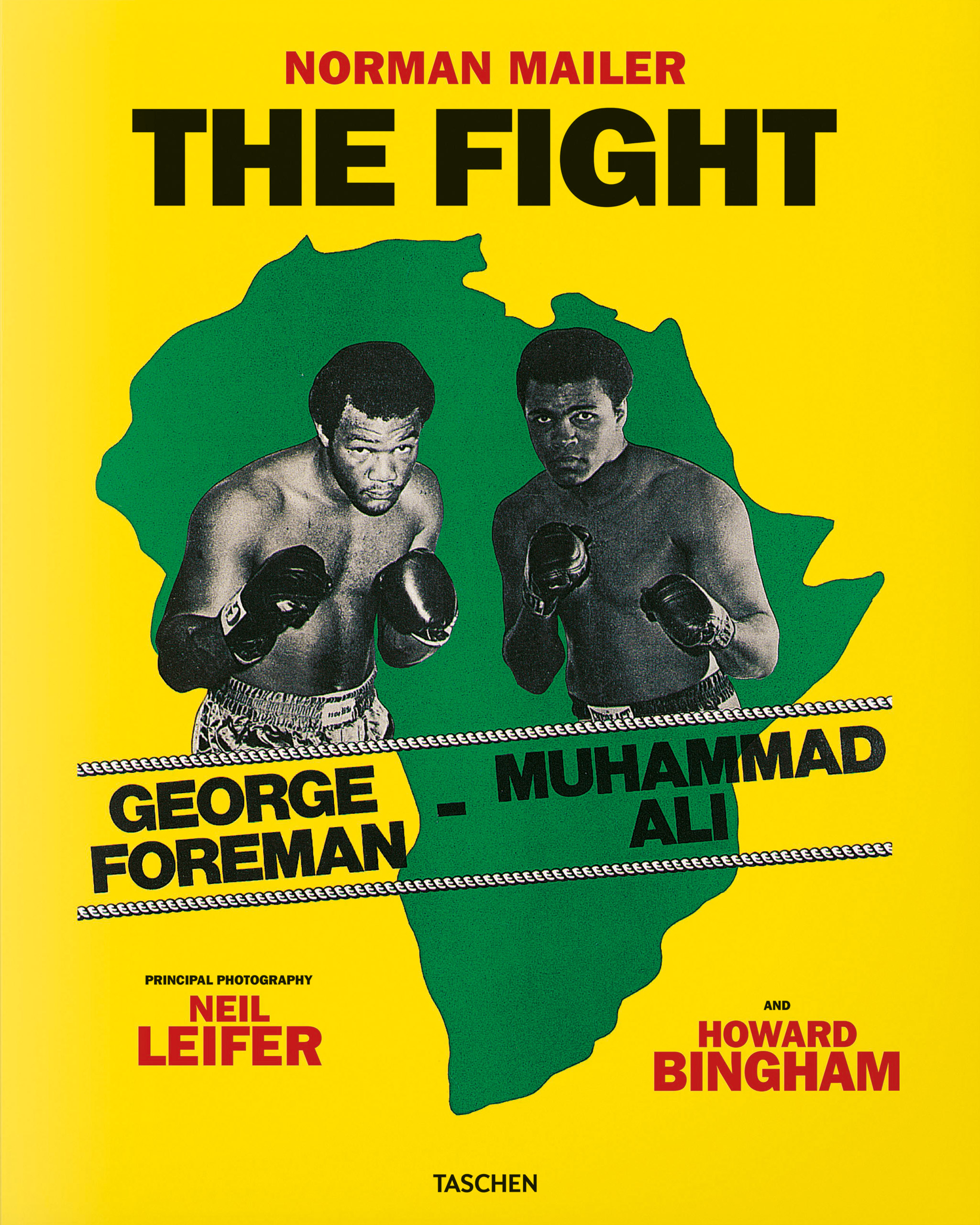
The 234-page book is packed with a combination of colorized and black-and-white images of the two over the course of several weeks as they adjusted to Zaire’s tropical climate for the big night. Mailer, who wrote the book and often described his role in the third person, Bingham and Leifer, all whom have developed a steady relationship with the boxers throughout the years, were given unlimited access to their training and downtime.
Ali’s boisterous demeanor guided him in connecting with the public who were ecstatic upon his arrival. He would often make trips to Kinshasa and even let them run alongside him through the streets. Foreman on the other hand was serious and unrelenting even after suffering a cut above his right eye during training which caused the match to be moved back from September to October.

The Fight has stood against the test of time, often being praised by critics as one of the best and most interesting boxing works to date.
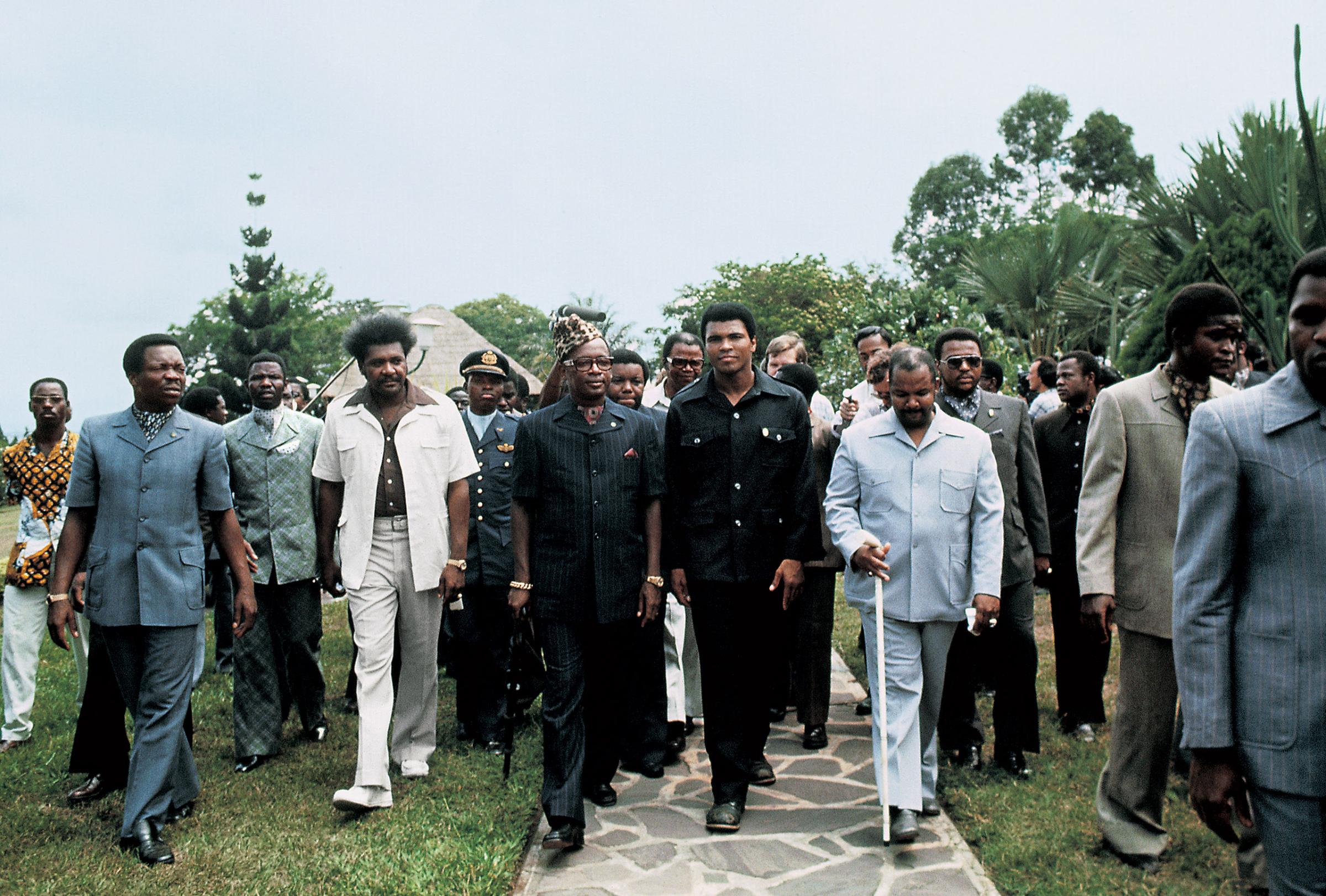
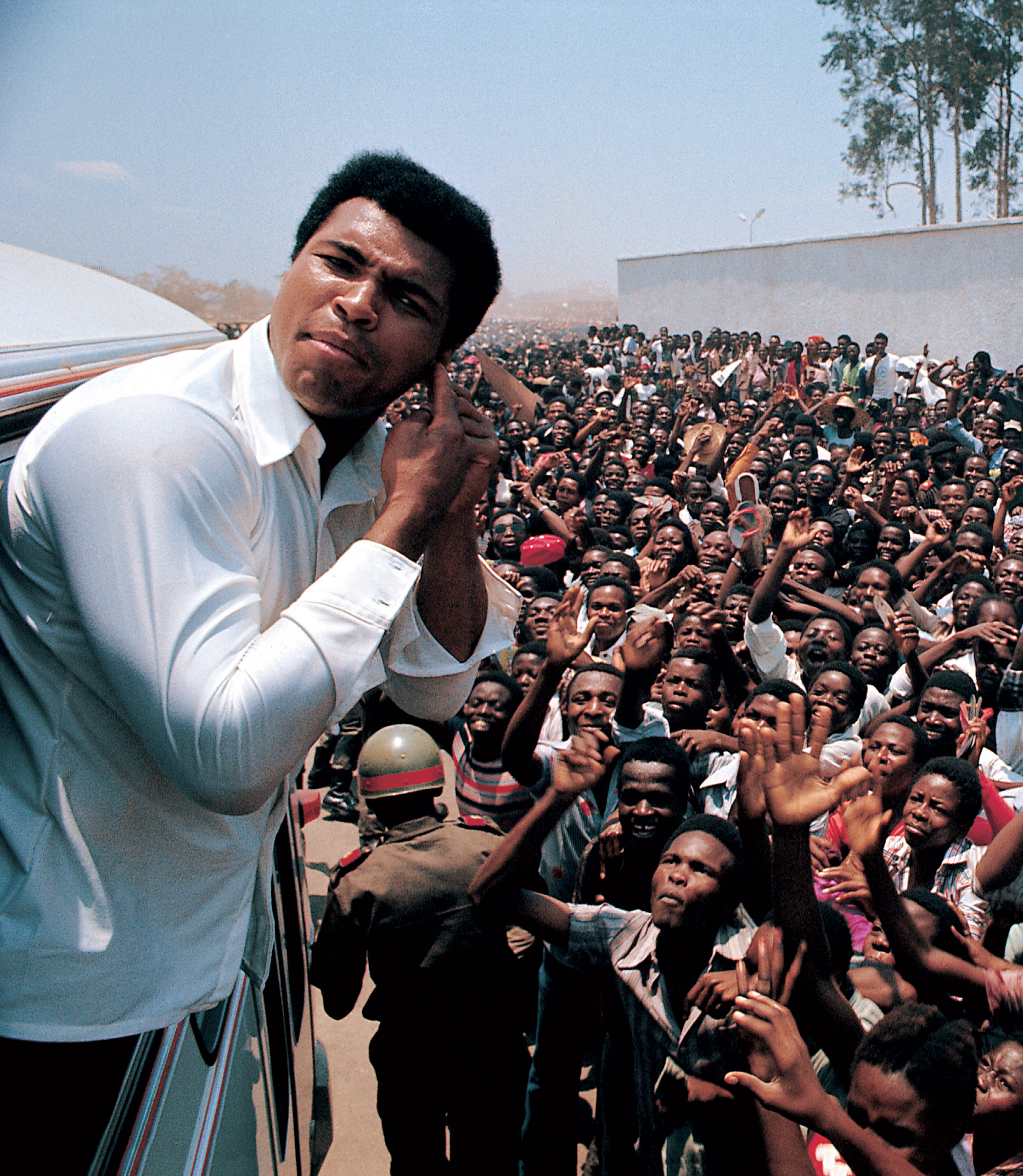
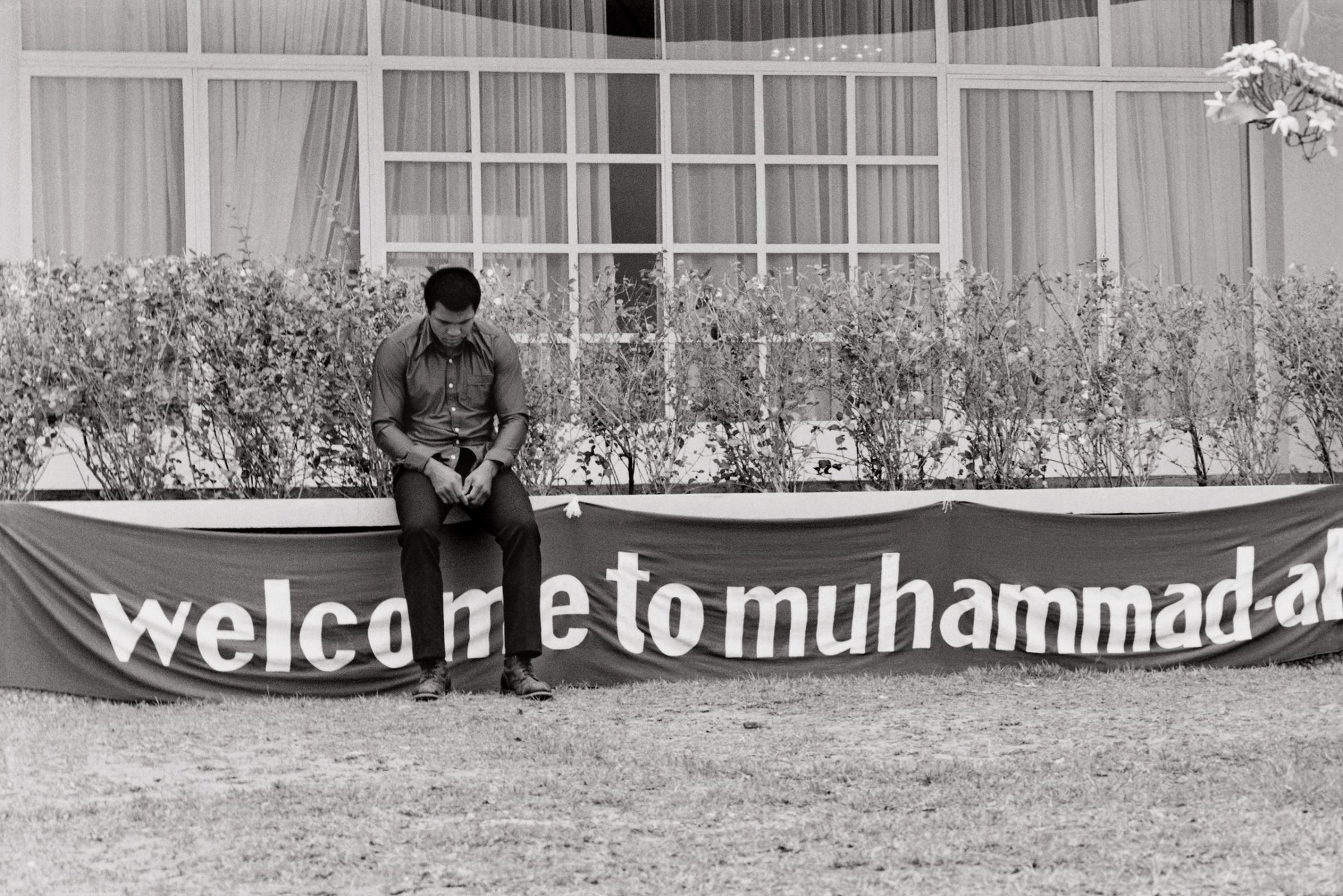


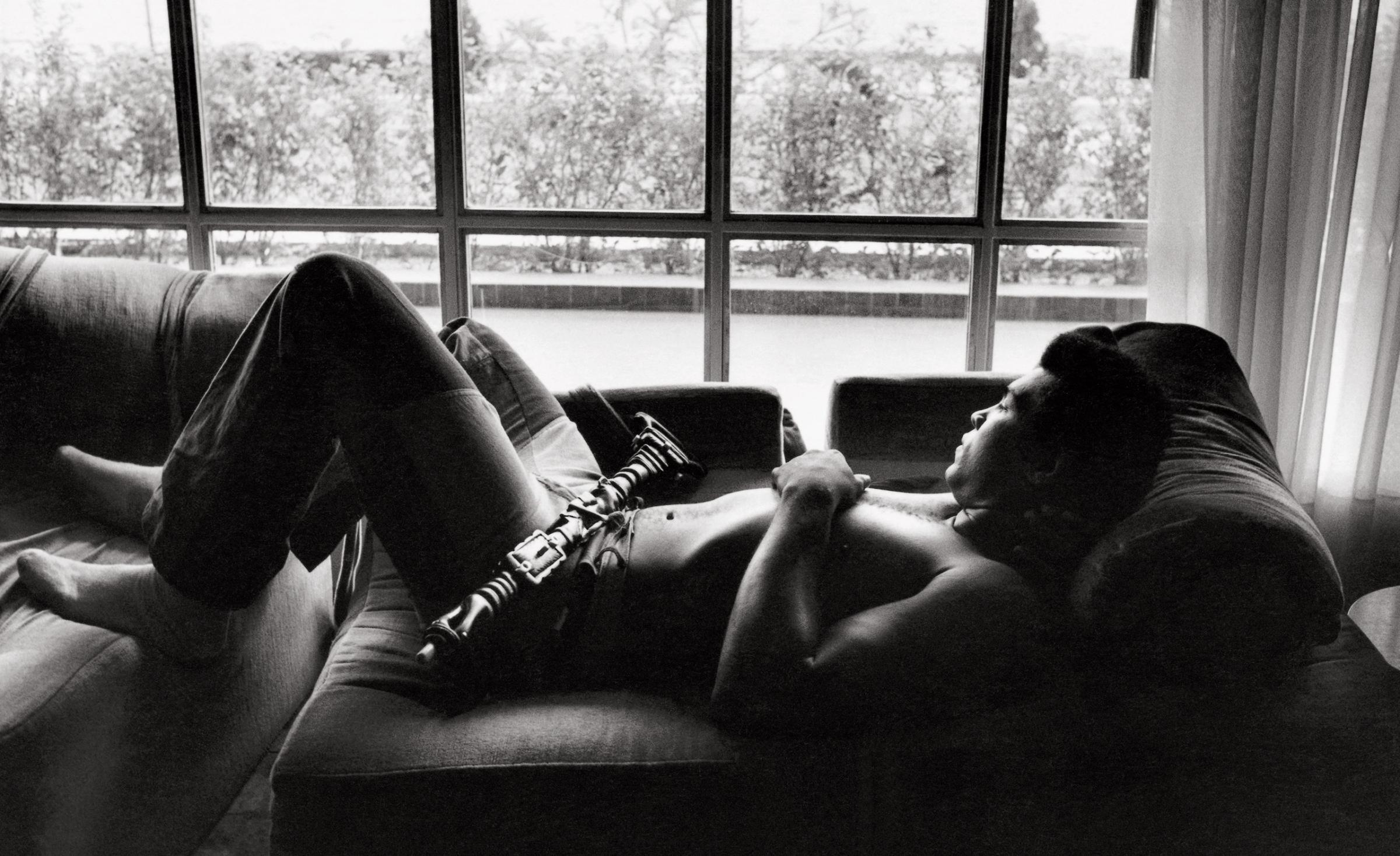
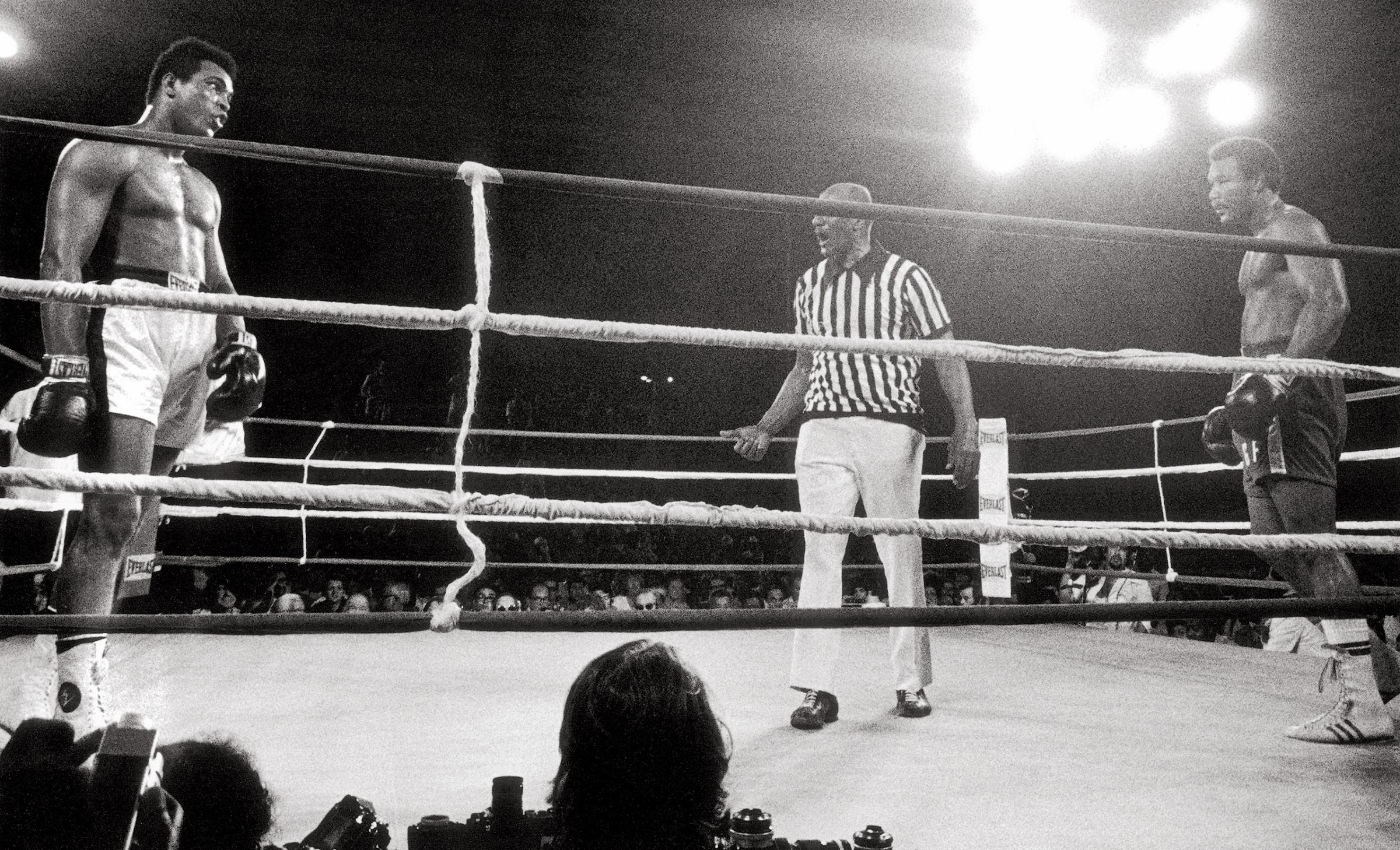
More Must-Reads from TIME
- Donald Trump Is TIME's 2024 Person of the Year
- Why We Chose Trump as Person of the Year
- Is Intermittent Fasting Good or Bad for You?
- The 100 Must-Read Books of 2024
- The 20 Best Christmas TV Episodes
- Column: If Optimism Feels Ridiculous Now, Try Hope
- The Future of Climate Action Is Trade Policy
- Merle Bombardieri Is Helping People Make the Baby Decision
Contact us at letters@time.com